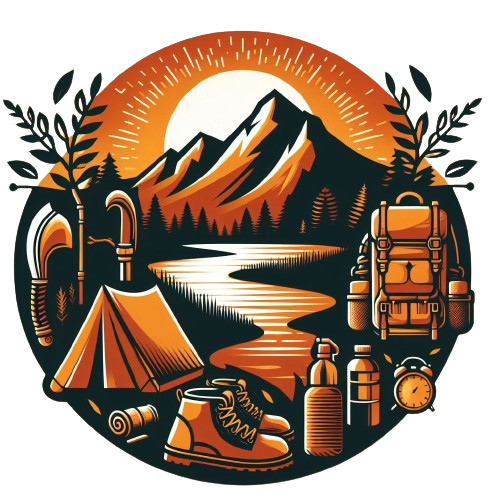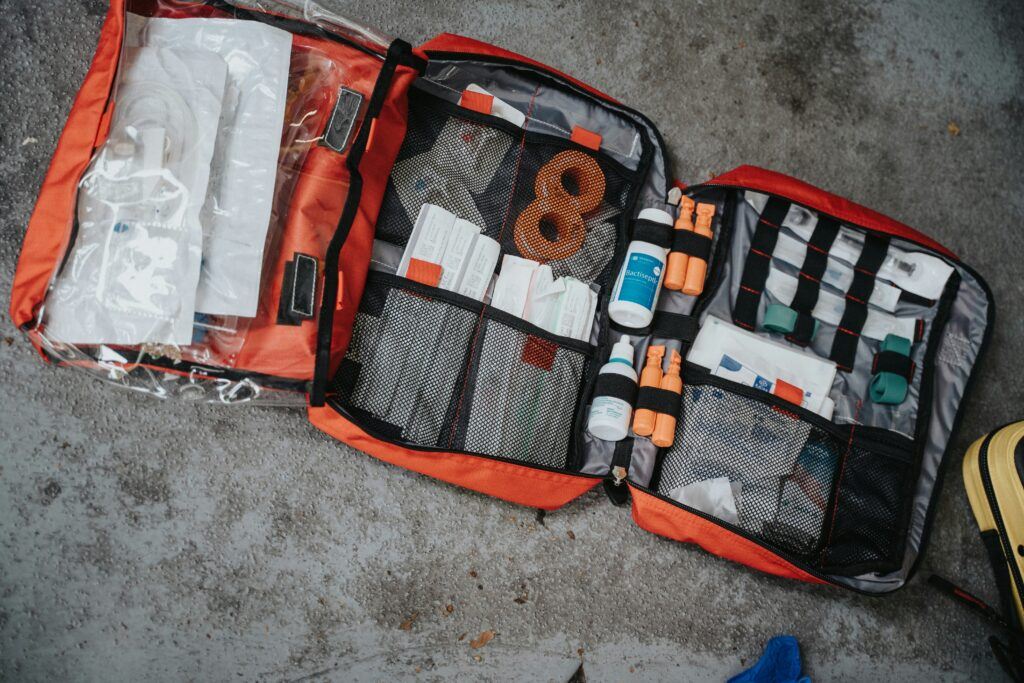Camping adventures often involve exploring rugged terrain, navigating through forests, and setting up camp in the great outdoors. With such adventures come the occasional cuts and scrapes that can occur from encounters with branches, rocks, or sharp camping gear. While these injuries may seem minor, it’s crucial to treat them promptly to prevent infection and ensure a smooth continuation of your camping trip.
Understanding the Nature of Cuts and Scrapes
Before delving into first aid tips, it’s essential to understand the nature of cuts and scrapes. Cuts typically occur when the skin is broken by a sharp object, while scrapes result from the skin being rubbed or grazed against a rough surface. Both injuries can range from superficial abrasions to deeper lacerations, requiring different levels of care.
First Aid Steps for Cuts and Scrapes:
- Clean the Wound: Begin by gently rinsing the cut or scrape with clean water to remove any dirt or debris. Avoid using soap directly on the wound, as it may cause irritation.
- Apply Antiseptic: Once the wound is clean, apply an antiseptic solution or wipes to disinfect the area and prevent infection. Common antiseptics include hydrogen peroxide or alcohol-based solutions.
- Cover the Wound: Depending on the size and location of the injury, cover it with a sterile adhesive bandage or gauze pad to protect it from further contamination. Change the dressing regularly to promote healing.
- Monitor for Signs of Infection: Keep a close eye on the wound for any signs of infection, such as increased redness, swelling, warmth, or pus drainage. If infection occurs, seek medical attention promptly.
Dealing with Sprains and Strains
While exploring the wilderness during a camping trip, uneven terrain and strenuous activities like hiking or carrying heavy gear can increase the risk of sprains and strains. These injuries involve stretching or tearing of ligaments (sprains) or muscles and tendons (strains), causing pain, swelling, and limited mobility. Proper first aid can help alleviate discomfort and prevent further damage.
Immediate Care for Sprains and Strains:
- Rest and Elevate: If you or a fellow camper experiences a sprain or strain, immediately stop the activity and rest the affected limb. Elevate the injured area to reduce swelling and promote blood flow.
- Apply Ice: Apply a cold compress or ice pack wrapped in a cloth to the injured area for 15-20 minutes every few hours during the first 24-48 hours. Cold therapy helps constrict blood vessels and reduce swelling and pain.
- Compression: Wrap the injured limb with an elastic bandage to provide compression and support. Ensure that the bandage is snug but not too tight, as excessive pressure can impede circulation.
- Seek Professional Evaluation: If the pain and swelling persist despite initial first aid measures or if there’s significant bruising or inability to bear weight, seek medical evaluation to rule out severe injuries such as fractures or torn ligaments.
Managing Insect Bites and Stings
The serene beauty of nature often comes with buzzing insects and pesky critters, making insect bites and stings a common occurrence during camping trips. While most insect encounters are harmless, some can lead to allergic reactions or transmit diseases. Knowing how to manage insect bites and stings is essential for a safe and enjoyable outdoor experience.
First Aid for Insect Bites and Stings:
- Remove the Stinger: If stung by a bee or wasp, carefully remove the stinger as soon as possible to prevent more venom from entering the skin. Use a credit card or your fingernail to scrape it out gently, avoiding squeezing the stinger, which can release more venom.
- Clean the Area: Wash the affected area with soap and water to reduce the risk of infection. Avoid scratching the bite or sting, as it can exacerbate itching and introduce bacteria.
- Apply Cold Compress: Similar to treating sprains and strains, applying a cold compress or ice pack can help alleviate pain and reduce swelling associated with insect bites and stings.
- Use Antihistamines or Pain Relievers: Over-the-counter antihistamines or pain relievers can help alleviate itching, swelling, and discomfort caused by insect bites and stings. Follow the recommended dosage instructions and consult a healthcare professional if necessary.
Addressing Minor Burns and Sunburns
Spending prolonged hours under the sun or cooking over a campfire exposes campers to the risk of minor burns and sunburns. Whether from accidental contact with hot surfaces or prolonged UV exposure, these injuries can cause pain, redness, and skin damage. Proper first aid can promote healing and soothe the affected skin.
First Aid Tips for Burns and Sunburns:
- Cool the Burn: Immediately cool the burned area under cold running water or apply a cold, wet compress for 10-15 minutes to reduce pain and inflammation. Avoid using ice directly on the burn, as it can further damage the skin.
- Protect the Burn: Once cooled, cover the burn with a sterile gauze bandage or non-adhesive dressing to protect it from friction and infection. Avoid applying any creams, ointments, or butter, as they can trap heat and worsen the burn.
- Stay Hydrated: Drink plenty of water to stay hydrated, especially if dealing with sunburn, as it can help the body recover and soothe the skin from within.
- Seek Medical Attention for Severe Burns: For burns that are larger than a quarter, blistering, or accompanied by severe pain, seek medical attention immediately. Severe burns may require specialized medical care to prevent complications and promote proper healing.
Camping is a wonderful opportunity to connect with nature and embark on outdoor adventures, but it also comes with its share of risks and challenges. By familiarizing yourself with these first aid tips for common camping injuries, you can be better prepared to handle unexpected situations and ensure a safe and enjoyable camping experience for yourself and your fellow adventurers. Remember, proper preparation and prompt action can make all the difference when faced with minor mishaps in the great outdoors.
Don’t have a first aid kit yet? Get yourself one now! Here is some options:
Mini First Aid Kit, 100 Pieces
First Aid Only 299 Piece All-Purpose First Aid Emergency Kit
400 Piece Large First Aid Kit Premium Emergency Kit
Here’s a little transparency: Our website contains affiliate links. This means if you click and make a purchase, we may receive a small commission. Don’t worry, there’s no extra cost to you. It’s a simple way you can support our mission to bring you quality content.

